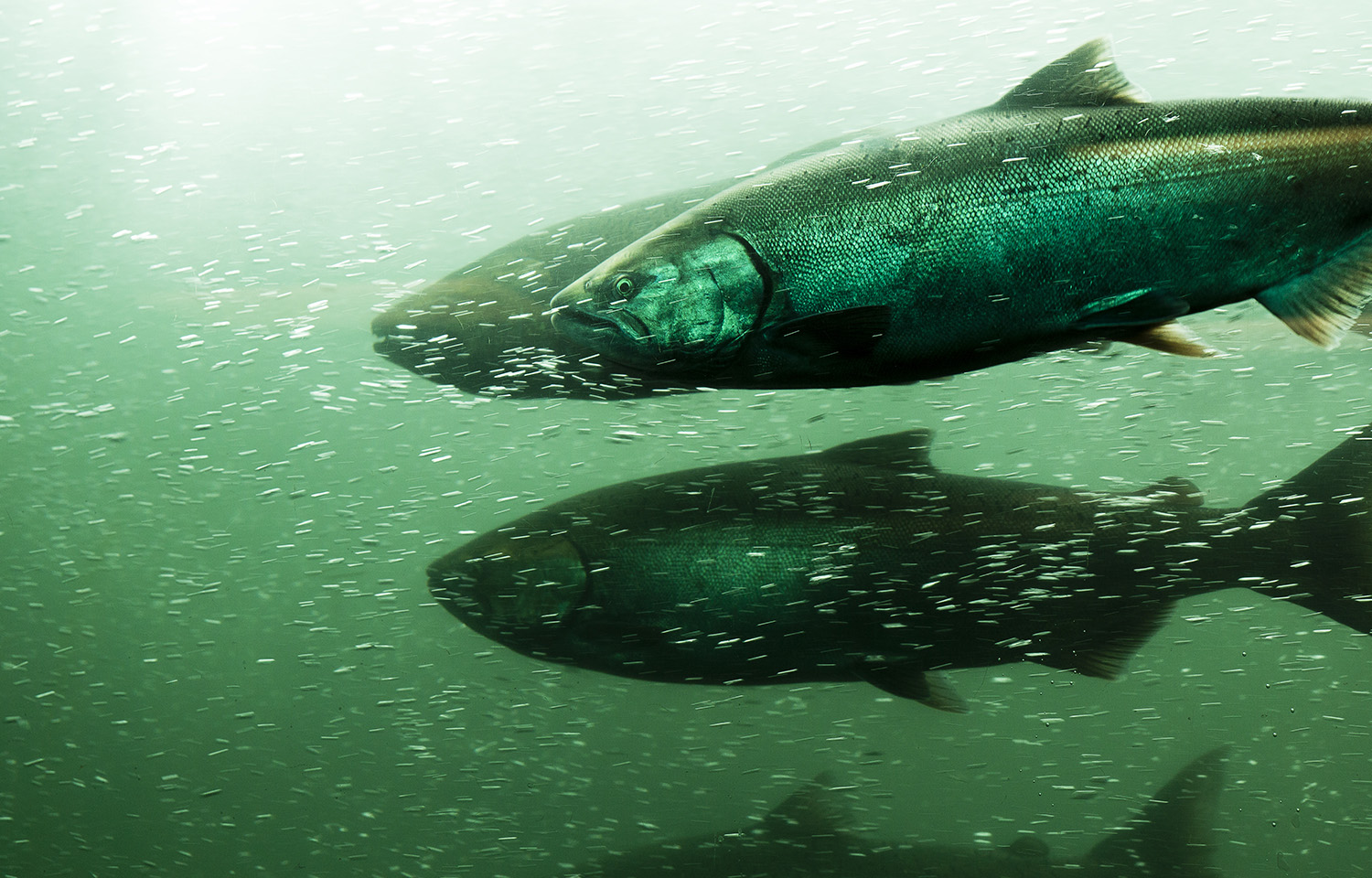The U.S. Department of Commerce (DOC) has determined that salmon fisheries in Alaska and Oregon were subject to fishery disasters in 2023, opening the door to fishers in those states receiving federal financial aid.
At the same time, California lawmakers have continually requested that federal officials expedite the approval of USD 21 million (EUR 20 million) allocated for the closure of California salmon fisheries in 2023.
The Pacific Fishery Management Council voted to close the 2023 commercial Chinook salmon fishery in Oregon and California in April 2023 due to low ocean abundance forecasts and 2022 returns. Among other factors, drought conditions, severe wildfires, habitat impacts, and harmful algal blooms were listed as causes for the low abundance.
Regulators said the closure was necessary to allow wild salmon populations to recover, although state officials expressed deep concern with how the closures would affect the area's fishers.
In a request for aid, Oregon Governor Tina Kotek said that salmon fishers in the state would lose roughly USD 2 million (EUR 1.9 million) in commercial ex-vessel value.
The DOC's official confirmation that the event qualified as a fishery disaster opens the door for federal financial aid to help offset those losses, but it could be a while before Oregon fishers and related businesses receive any money.
The state is still working on spending the USD 7 million (EUR 6.5 million) it was allocated by the federal government for fishery disasters deemed to have occurred in the state’s ocean commercial salmon fisheries in 2018, 2019, and 2020. Although Oregon requested a fishery disaster determination for those years in 2021, the DOC did not approve the request until October 2023. The state released its spending plan in May 2024, and applicants aren’t expected to begin receiving money until January 2025 at the earliest.
The delays between fishery disaster determination requests and the release of federal funding to the affected businesses have been a source of growing frustration for lawmakers, who are left asking regulators to expedite the process.
In June, U.S. Sen. Alex Padilla (D-California), U.S. Rep. Jared Huffman (D-California), and U.S. Rep. Jimmy Panetta (D-California) wrote a letter to the federal Office of Budget and Management and NOAA Fisheries asking for expedited approval of its disaster relief plan for spending the USD 21 million (EUR 19.6 million) it was awarded for the 2023 salmon fisheries closures.
“The complete closure of the state’s ocean and river salmon fisheries has been devastating to our constituents, and any acceleration of the process for funds to be distributed to fishers and affected communities would be highly beneficial,” the lawmakers wrote in the letter. “California’s commercial, sport, and charter fishers; tribes; businesses; restaurants; and the communities who depend upon the salmon fishery cannot afford to wait any longer for the relief needed to weather the ongoing crises.”
Federal officials have up to 90 days to review state spending plans. More than a dozen federal lawmakers have backed the Fishery Improvement to Streamline Untimely Regulatory Hurdles post Emergency Situation Act (FISHES Act), which is legislation that would cut that timeline and require an approval or denial within 30 days.
“When disaster strikes, families and small businesses can’t be left wondering whether the federal government is going to show up. Floridians know that better than anyone,” U.S. Sen. Rick Scott (R-Florida) said in a statement introducing the Senate version of the legislation. “The federal government must step up and get folks the help they need as fast as possible as they work to get back on their feet. As we head into hurricane season, now is the time to prepare, and I ask Congress to pass this legislation as soon as possible to ensure our fishing industry in Florida and across the country have a reliable partner in Washington.”
In addition to the Oregon salmon disaster determination, NOAA Fisheries also announced disaster determinations for Alaska’s 2022 Chignik salmon fishery and 2023 Upper Cook Inlet East Side Setnet salmon fishery. The East Side Setnet fishery was closed due to low returns, with fishers missing out on an average annual value of USD 7 million. Alaska officials noted that the Chignik salmon fishery value was roughly USD 6 million to USD 7 million (EUR 5.6 million to EUR 6.5 million) below the annual average.








